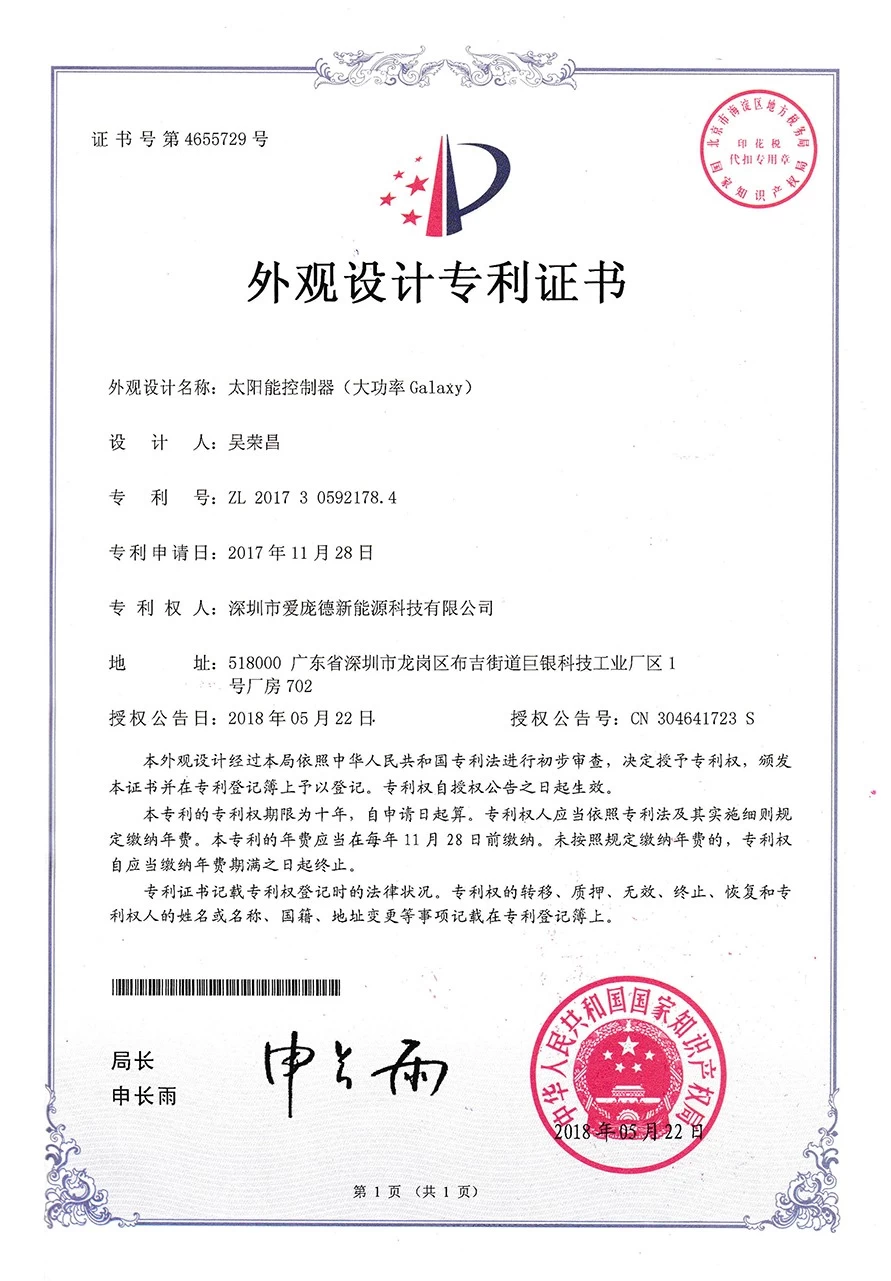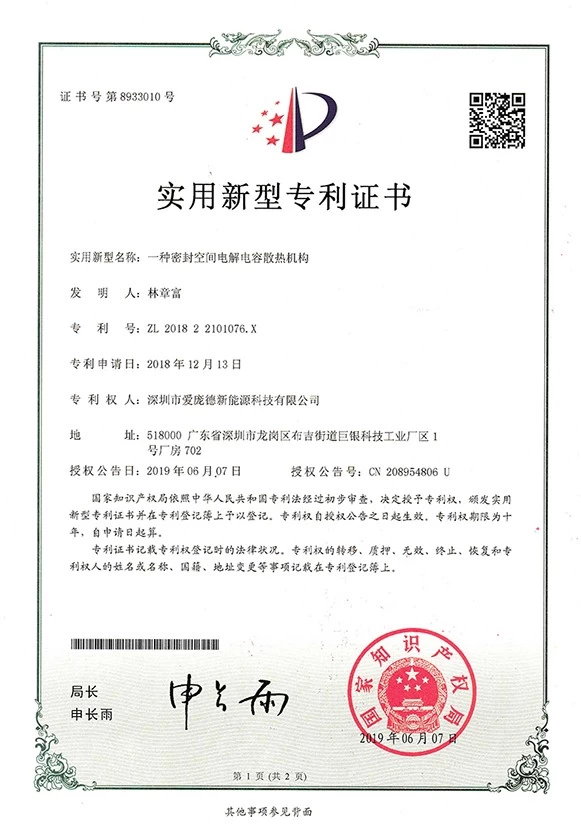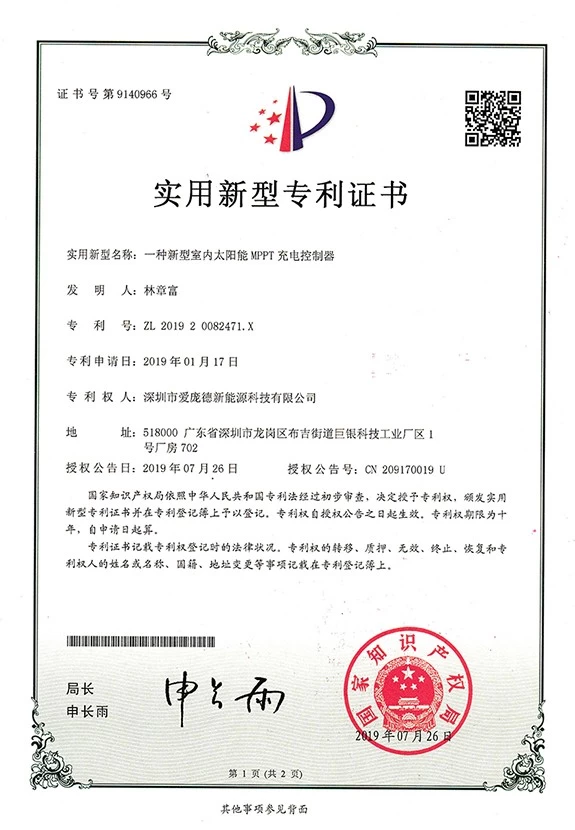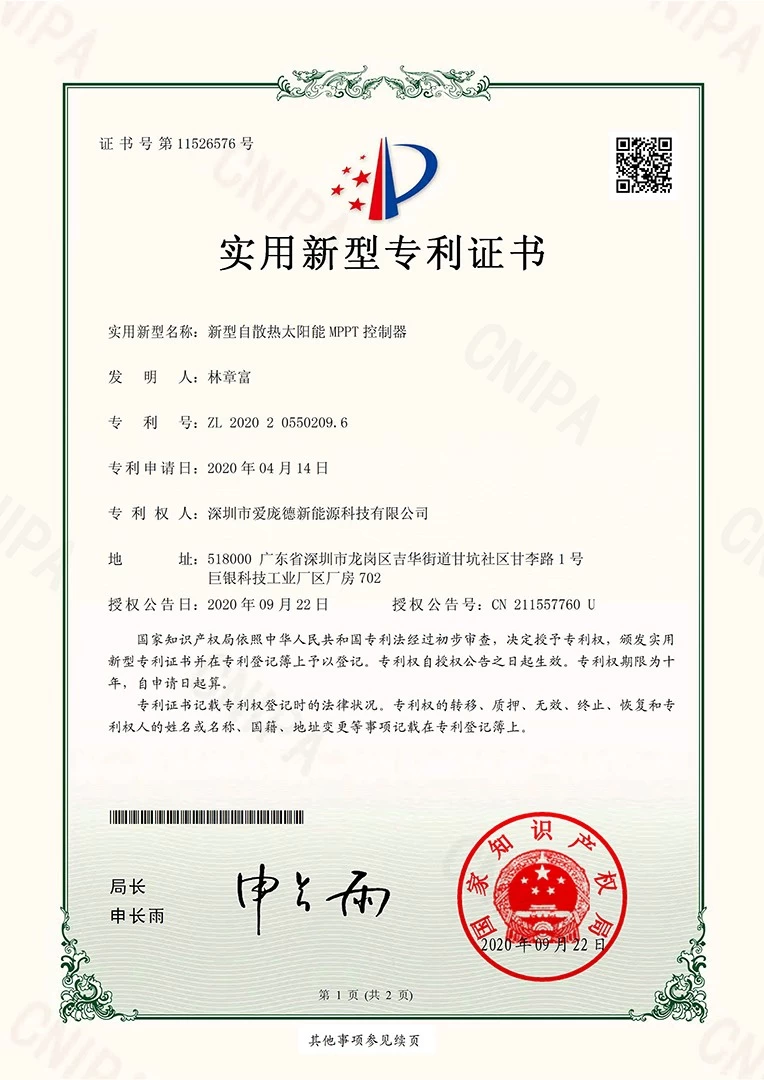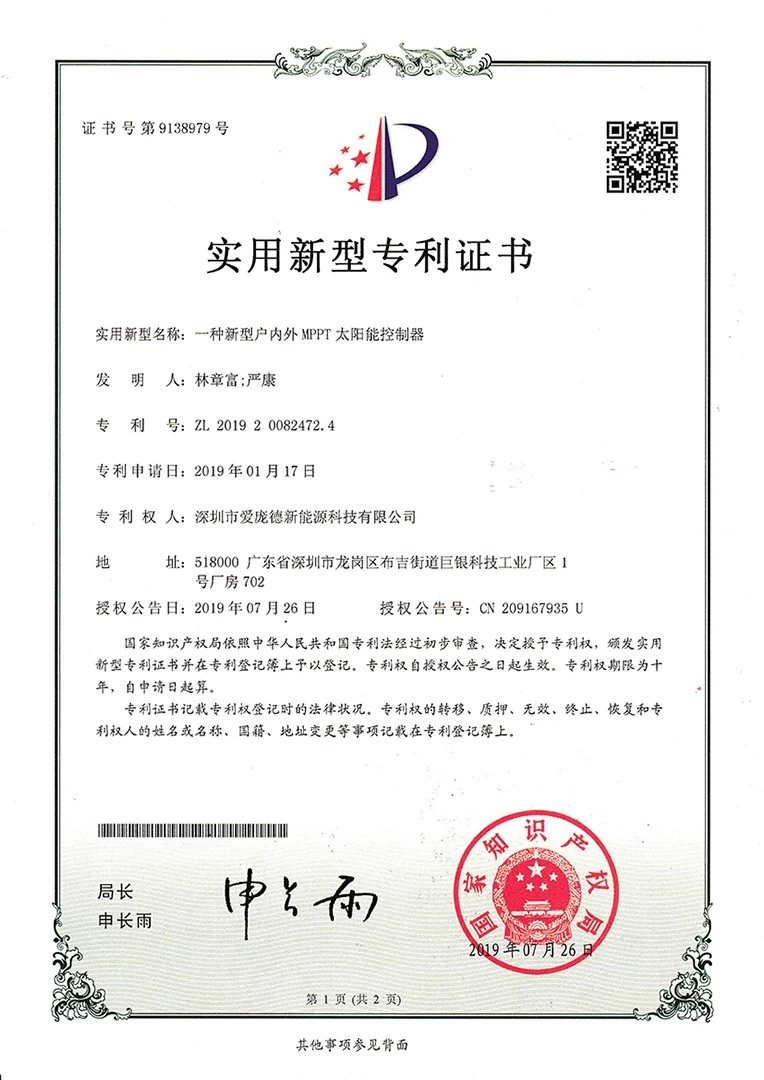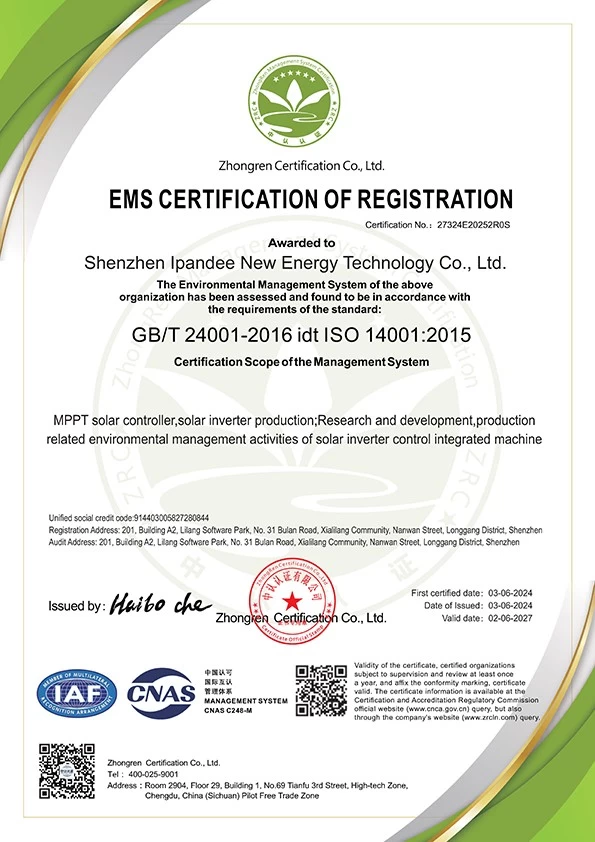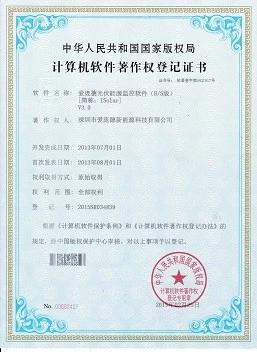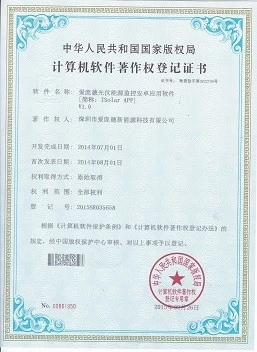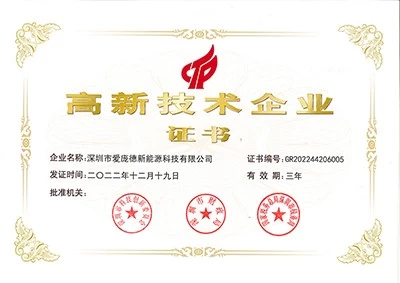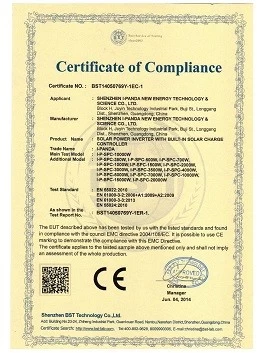IRENA releases 2050 global energy transformation path map
the Internet
2019-04-24 14:23:48
The International Renewable Power Agency (IRENA) released this week's 2050 global power transformation path map, by 2050,Renewable powerIt will help improve climate change and save the global economy by $160 trillion.
The analysis of IRENA's supply indicates that global power demand is expected to double by 2050, and that renewable power will be satisfied with 86% of global electricity demand during the same period. From the current level, the rated energy load will be primarily carried by wind and solar equipment.
In the next 30 years, one of the most important electrification parts is transportation. In recent years, the improvement of battery performance and the rapid decline of battery prices have made electric vehicle (EV) innovation possible. There are now about 5 million electric cars on the road. IRENA estimates that in the case of rapid transformation, including the investment in electric vehicle charging infrastructure, billions of electric vehicles will be on the road in 30 years.
Renewable power now supplies one-sixth of the world's total power consumption. But with renewable power andelectricThe rapid spread of technology in key areas, the renewable power of the IRENA project can supply two-thirds of all power consumption in the world.
Therefore, another important part of decarburization is heat supply, most of which is completed by natural gas. This requires a strategy of opening and closing the bow: vigorously promote solar thermal energy conversion, including solar water heaters, and high-efficiency electric heat pumps add 16 times.
Although the promotion of renewable power does have its advantages, there are still various obstacles in large-scale development and implementation. For example, in the past two years, the US solar industry has been seriously affected by tariffs, and Australian legislators have failed to adhere to the national COP21 emission reduction policy. Not only that, but despite widespread public condemnation, they continue to open the world’s largest program. Open pit mine. These political ups and downs are relatively widespread and have now reduced the ability of the renewable power sector to be effectively carried out and carried out, and may have a lasting impact on global emissions.
IRENA's statement pointed out that the current transition process is slow and the rate of emission reduction is inconsistent with the global climate policy. The statement recommends that countries take more active action to ensure a rapid and effective transition from fossil fuels, which will help to close previously agreed approaches and ensure that climate change mitigation remains a priority. The IRENA initiative strengthens national policies, focusing on long-term zero-carbon strategies and promoting innovation in the areas of renewable power, technology and smart grids.
Disclaimer: The content is partly from the internet. In order to pass on more information, it does not mean agreeing to its views or confirming its description. Article content is for reference only. If there is any infringement, please contact in time.
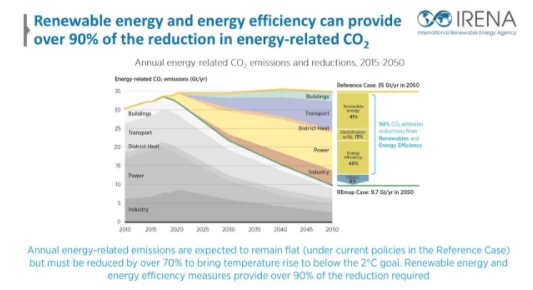
The analysis of IRENA's supply indicates that global power demand is expected to double by 2050, and that renewable power will be satisfied with 86% of global electricity demand during the same period. From the current level, the rated energy load will be primarily carried by wind and solar equipment.
In the next 30 years, one of the most important electrification parts is transportation. In recent years, the improvement of battery performance and the rapid decline of battery prices have made electric vehicle (EV) innovation possible. There are now about 5 million electric cars on the road. IRENA estimates that in the case of rapid transformation, including the investment in electric vehicle charging infrastructure, billions of electric vehicles will be on the road in 30 years.
Renewable power now supplies one-sixth of the world's total power consumption. But with renewable power andelectricThe rapid spread of technology in key areas, the renewable power of the IRENA project can supply two-thirds of all power consumption in the world.
Therefore, another important part of decarburization is heat supply, most of which is completed by natural gas. This requires a strategy of opening and closing the bow: vigorously promote solar thermal energy conversion, including solar water heaters, and high-efficiency electric heat pumps add 16 times.
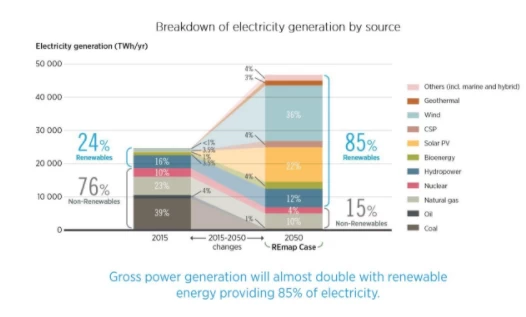
Although the promotion of renewable power does have its advantages, there are still various obstacles in large-scale development and implementation. For example, in the past two years, the US solar industry has been seriously affected by tariffs, and Australian legislators have failed to adhere to the national COP21 emission reduction policy. Not only that, but despite widespread public condemnation, they continue to open the world’s largest program. Open pit mine. These political ups and downs are relatively widespread and have now reduced the ability of the renewable power sector to be effectively carried out and carried out, and may have a lasting impact on global emissions.
IRENA's statement pointed out that the current transition process is slow and the rate of emission reduction is inconsistent with the global climate policy. The statement recommends that countries take more active action to ensure a rapid and effective transition from fossil fuels, which will help to close previously agreed approaches and ensure that climate change mitigation remains a priority. The IRENA initiative strengthens national policies, focusing on long-term zero-carbon strategies and promoting innovation in the areas of renewable power, technology and smart grids.
Disclaimer: The content is partly from the internet. In order to pass on more information, it does not mean agreeing to its views or confirming its description. Article content is for reference only. If there is any infringement, please contact in time.





